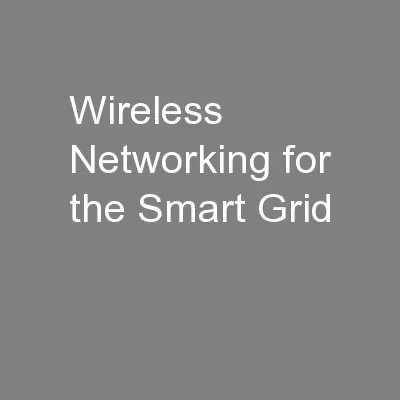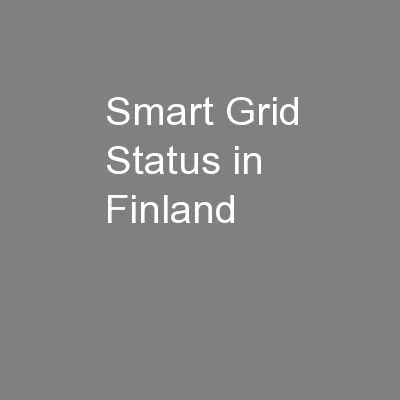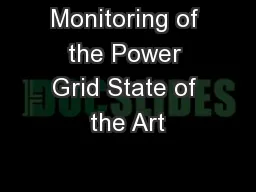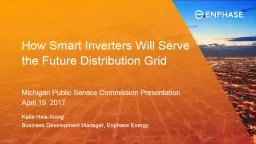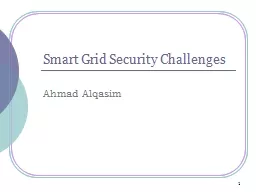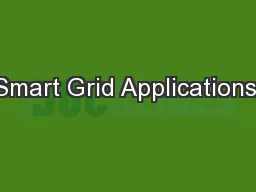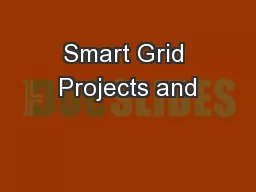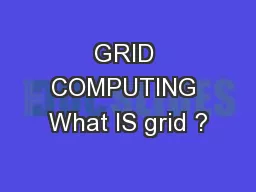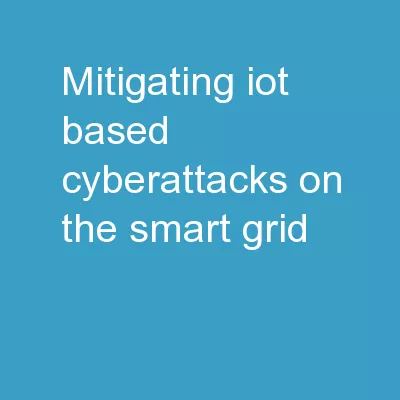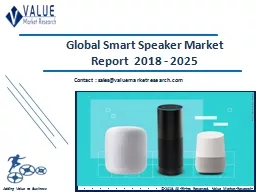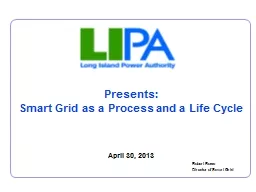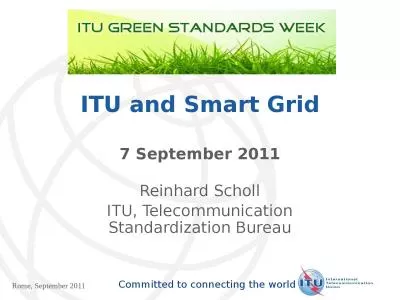PPT-What is a smart Grid? Presented at the
Author : tatiana-dople | Published Date : 2018-03-17
SAIEE Conference by Dr M Bipath 1 Contents Smart Grid ecosystem The South African Smart Grid Initiative SASGI Drivers for change Smart Grid an enabler to address
Presentation Embed Code
Download Presentation
Download Presentation The PPT/PDF document "What is a smart Grid? Presented at the" is the property of its rightful owner. Permission is granted to download and print the materials on this website for personal, non-commercial use only, and to display it on your personal computer provided you do not modify the materials and that you retain all copyright notices contained in the materials. By downloading content from our website, you accept the terms of this agreement.
What is a smart Grid? Presented at the: Transcript
Download Rules Of Document
"What is a smart Grid? Presented at the"The content belongs to its owner. You may download and print it for personal use, without modification, and keep all copyright notices. By downloading, you agree to these terms.
Related Documents


